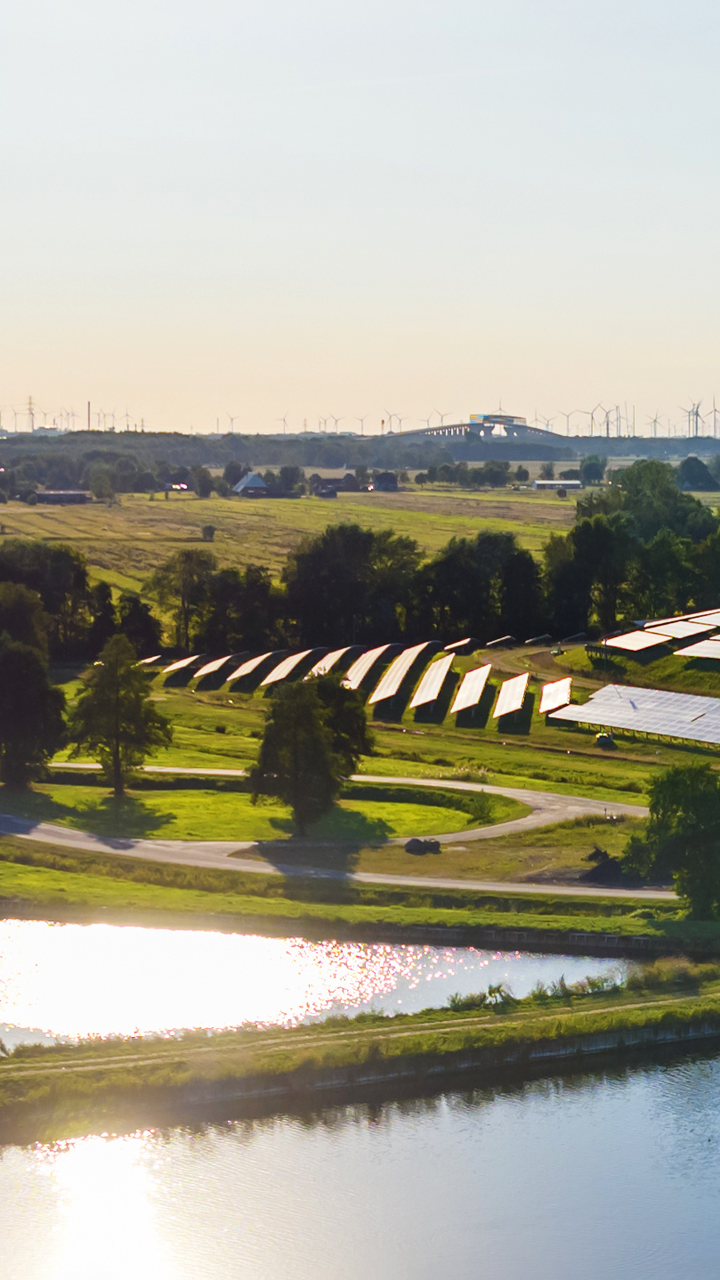Sustainability

Contrary to many perceptions, water is a finite thing, and as the world’s population continues to grow and urbanize, the strain on existing water resources intensifies. More frequent extreme weather events — and the major droughts and floods that result — further emphasize the criticality of sustainable water management strategies.
It’s a global concern, exemplified by the central theme of the 2022 United Nations Climate Change Conference: “Securing a Resilient and Sustainable Future for All.” The key focus: water’s role in achieving the U.N.’s sustainable development goals (SDGs).
So where are water utilities in their journey towards sustainability? And how can water utilities deploy sustainable strategies amidst multiple and competing priorities?
Relying on expert analyses of survey data gathered from roughly 450 U.S. water sector stakeholders, Black & Veatch’s 2023 Water Report found that while most respondents agree that sustainability is important, utilities big and small are battling cost escalation and competing priorities.
What’s Sustainability?
Sustainability means different things to different people. But regardless of how it’s defined, most agree that we must meet the needs of the current generation without compromising the needs of future generations. And according to the survey, water utilities are taking the matter seriously.
Contact Us
Looking for a partner in innovation?
Let's Talk
